Entri yang Diunggulkan
- Get link
- X
- Other Apps
Technological advances such as gene synthesis reverse genetics and recombinant production systems will facilitate the production of vaccines more. The success of vaccines has.
 Which Of These Technological Advances Has Improved Flu Vaccines A Virus Culturing B The Internet Brainly Com
Which Of These Technological Advances Has Improved Flu Vaccines A Virus Culturing B The Internet Brainly Com
Improve patient care and safety in relation to the use of medicines in medical and.

Which of these technological advances has improved flu vaccines. Similar bnAb will ensue against a wide variety of strains and subtypes and render annual reformulations of seasonal flu vaccines unnecessary or so the idea goes. 2021 is the first year a cell-based influenza vaccine will be available in addition to the usual egg-grown vaccines. AMRI scans BThe internet CAntivrial drugs DVirus culturing AMRI scans BThe internet CAntivrial drugs DVirus.
In close collaboration between PHAC and Health Canada and following further investigation of serious adverse event reports linked to Lot 7A unused vaccines from this lot were withdrawn from use. RVs chief assumptions are. But Pfizer has recently entered into a collaboration with German biotech BioNTech to develop new RNA vaccine technology to create a better flu shot.
Dr Pearce said the main advantage of cell-based influenza technology was that experts could design the vaccine to mirror specific strains better than using traditional technology. Efforts to improve the effectiveness of influenza vaccines include developing universal vaccines independent of the circulating strains in any particular season and stimulating cellular as well as humoral responses especially in the elderly. Egg-based vaccines are the standard of care and continue to play a critical role in the fight against influenza but its important to continuously evolve approaches to vaccine development said Gordon Naylor President of Seqirus the company who is manufacturing the vaccine named FLUCELVAX QUADRIVALENT.
Which of these technological advances has improved flu vaccines. Virus strains multiplied in cell cultures B. Since the beginning of 2020 an unprecedented international academic and.
This commentary assesses progress over the last 3 years towards achieving these aims. NIAID and its industry partners have made progress in moving from both the egg-based and cell-based flu vaccine production methods toward recombinant DNA manufacturing for flu vaccines. 2 The key benefit of cell-based vaccines is that the process eliminates the potential for egg-adapted changes.
While we continue to manufacture and distribute egg-based. Normal rate of anaphylaxis linked to one particular lot Lot 7A of a newly released adjuvanted H1N1 flu vaccine. The squalene-containing oil-in-water emulsion adjuvant MF59 from Novartis has been approved in Europe for use in influenza vaccines targeted to the elderly population22In a clinical trial in humans another oil-in-water emulsion from GSK enhanced the immunogenicity of a.
Improved understanding about the mechanisms of the immune response to vaccination and infection has led to advances in adjuvant technology and we describe the experimental adjuvants that have been tested in clinical trials for influenza but have not yet progressed to licensure. Which of these technological advances has improved flu vaccines. Become their biggest stumbling block.
All other medical advances combined dont even begin to come close to the ef-fects of those two. It is important that pharmacists are able to provide evidence-based information about the different vaccines and address any patient concerns. Improved sanitation and im-munizations.
Only the very oldest Americans have seen family members die of diphtheria measles mumps smallpox tetanus or whooping cough. Virus strains multiplied in cell cultures B. Adjuvants alone are not sufficient to improve influenza vaccine efficacy because they do not address the underlying problem of mismatches between circulating virus and the vaccine.
This method does not require an egg-grown vaccine virus and does not use chicken eggs at all in the production process. Thanks to vaccines we are insulated from most of the ill.
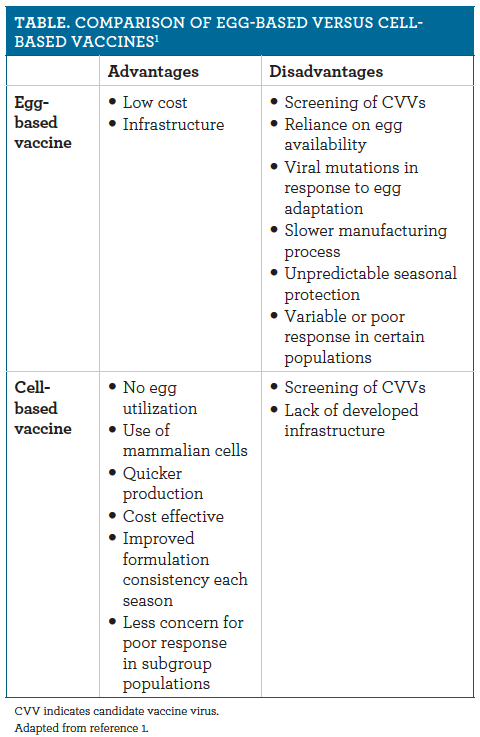 Cracking The Code Of Optimized Influenza Prevention Cell Based Influenza Vaccine Advancement Pharmacy Times
Cracking The Code Of Optimized Influenza Prevention Cell Based Influenza Vaccine Advancement Pharmacy Times
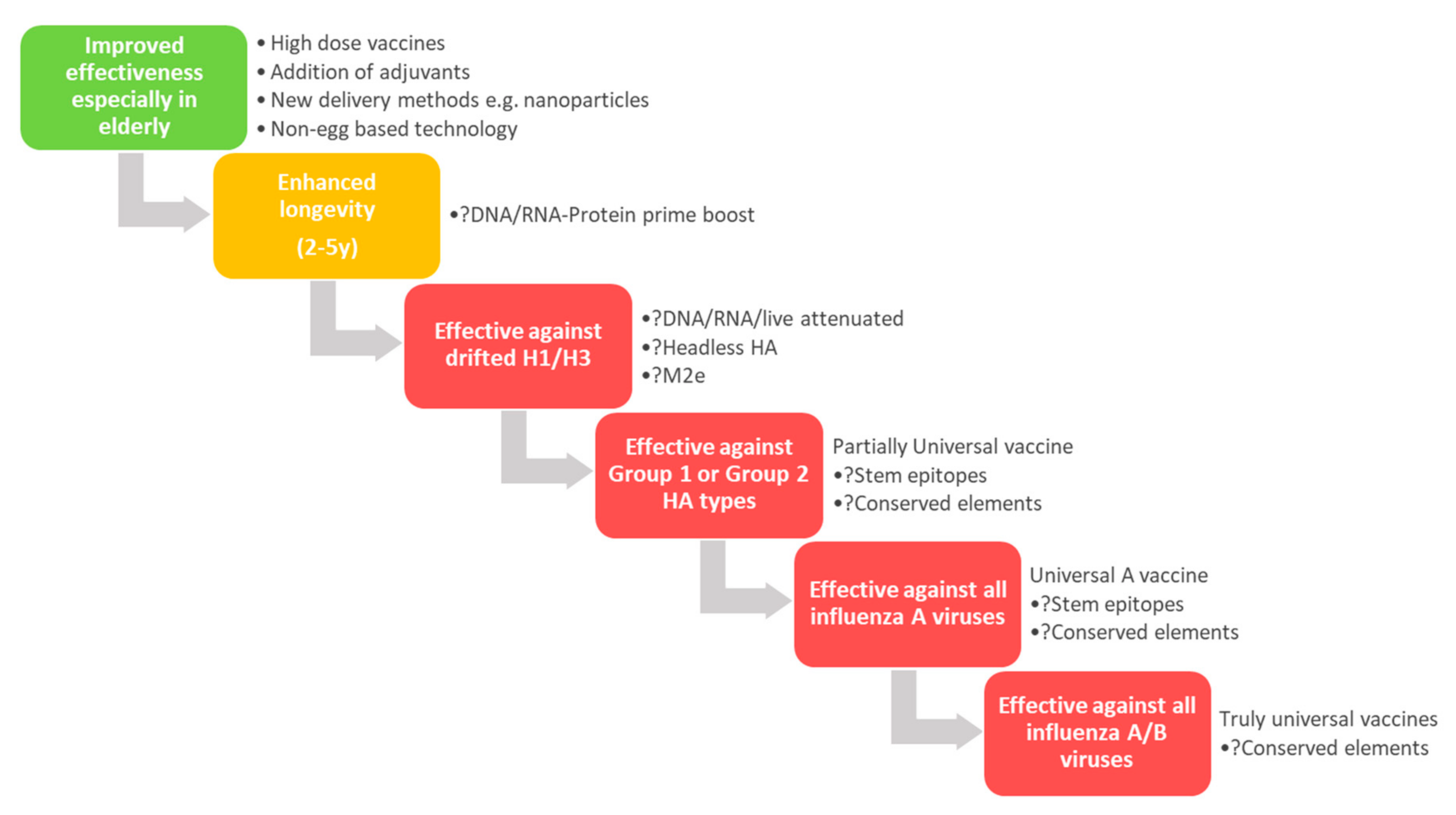 Microorganisms Free Full Text New Technologies For Influenza Vaccines Html
Microorganisms Free Full Text New Technologies For Influenza Vaccines Html
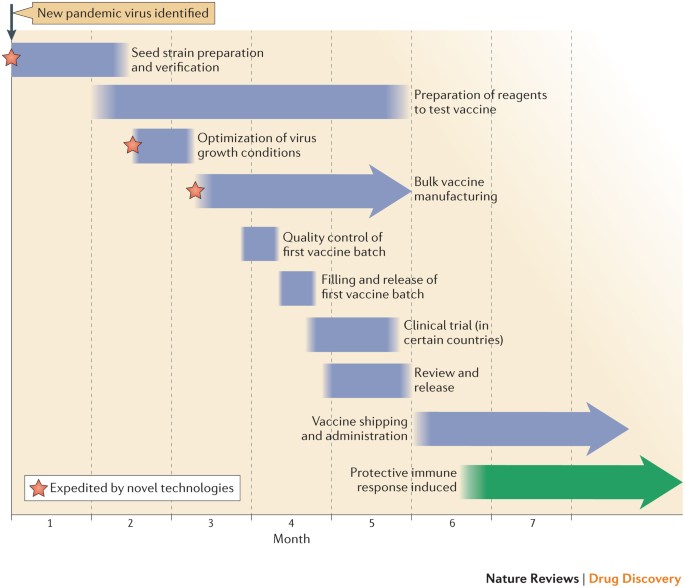 Advances In The Development Of Influenza Virus Vaccines Nature Reviews Drug Discovery
Advances In The Development Of Influenza Virus Vaccines Nature Reviews Drug Discovery
 Which Of These Technological Advances Has Improved Flu Vaccines A Ct Scans B Cell Based Culturing Brainly Com
Which Of These Technological Advances Has Improved Flu Vaccines A Ct Scans B Cell Based Culturing Brainly Com
 Which Of These Technological Advances Has Improved Flu Vaccines A Glucose Monitors B Ct Scans C Brainly Com
Which Of These Technological Advances Has Improved Flu Vaccines A Glucose Monitors B Ct Scans C Brainly Com
 Which Of These Technology Advances Has Improved Flu Vaccine Brainly Com
Which Of These Technology Advances Has Improved Flu Vaccine Brainly Com
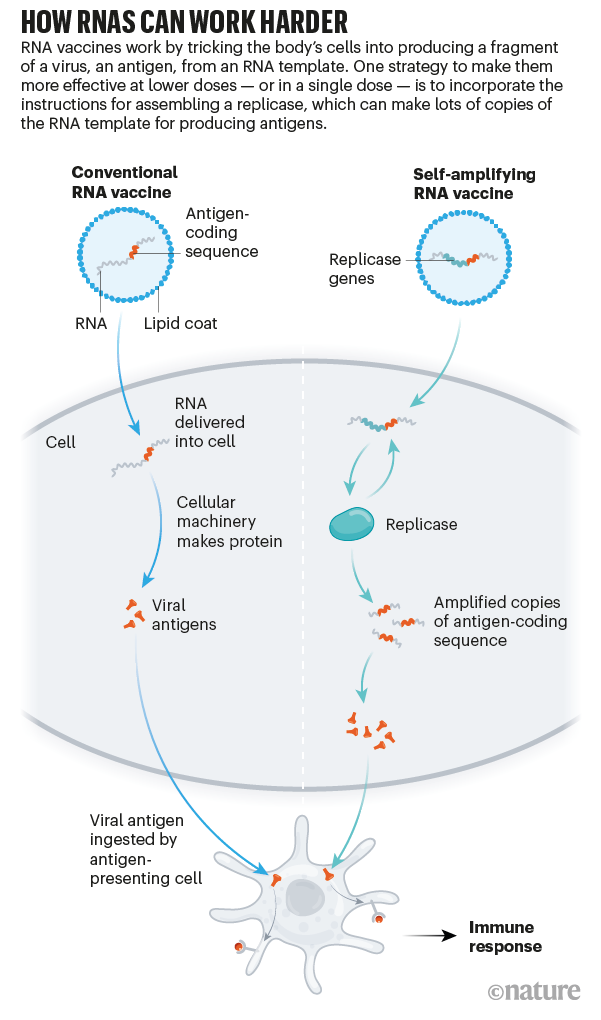 How Covid Unlocked The Power Of Rna Vaccines
How Covid Unlocked The Power Of Rna Vaccines
 Flu Vaccine S Effectiveness Can Be Improved New Findings Suggest Ut News
Flu Vaccine S Effectiveness Can Be Improved New Findings Suggest Ut News
 Cdc Study Describes New Lab Method To Test Flu A H3n2 Viruses Has Potential To Improve Flu Vaccine Strain Selection Cdc
Cdc Study Describes New Lab Method To Test Flu A H3n2 Viruses Has Potential To Improve Flu Vaccine Strain Selection Cdc
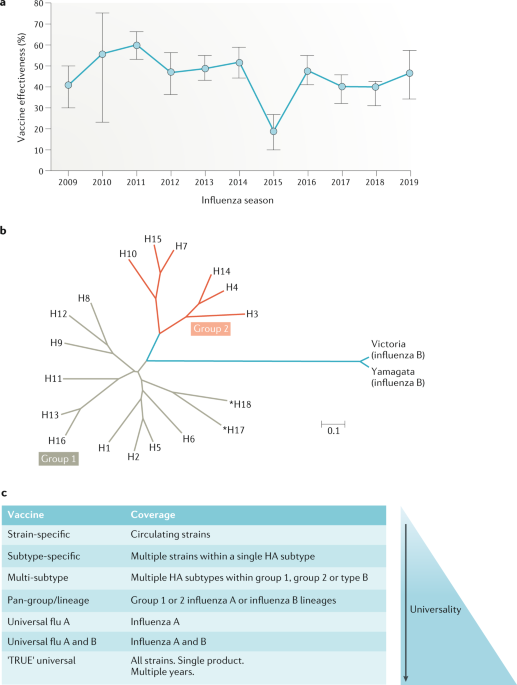 Next Generation Influenza Vaccines Opportunities And Challenges Nature Reviews Drug Discovery
Next Generation Influenza Vaccines Opportunities And Challenges Nature Reviews Drug Discovery
 Which Of These Technological Advances Has Improved Flu Vaccines A Virus Culturing B The Internet Brainly Com
Which Of These Technological Advances Has Improved Flu Vaccines A Virus Culturing B The Internet Brainly Com
 Which Of These Technological Advances Has Improved Flu Vaccines O A Mri Scans O B The Brainly Com
Which Of These Technological Advances Has Improved Flu Vaccines O A Mri Scans O B The Brainly Com
 Which Of These Technological Advances Has Improved Flu Vaccines O A Mri Scans O B The Brainly Com
Which Of These Technological Advances Has Improved Flu Vaccines O A Mri Scans O B The Brainly Com
Comments
Post a Comment